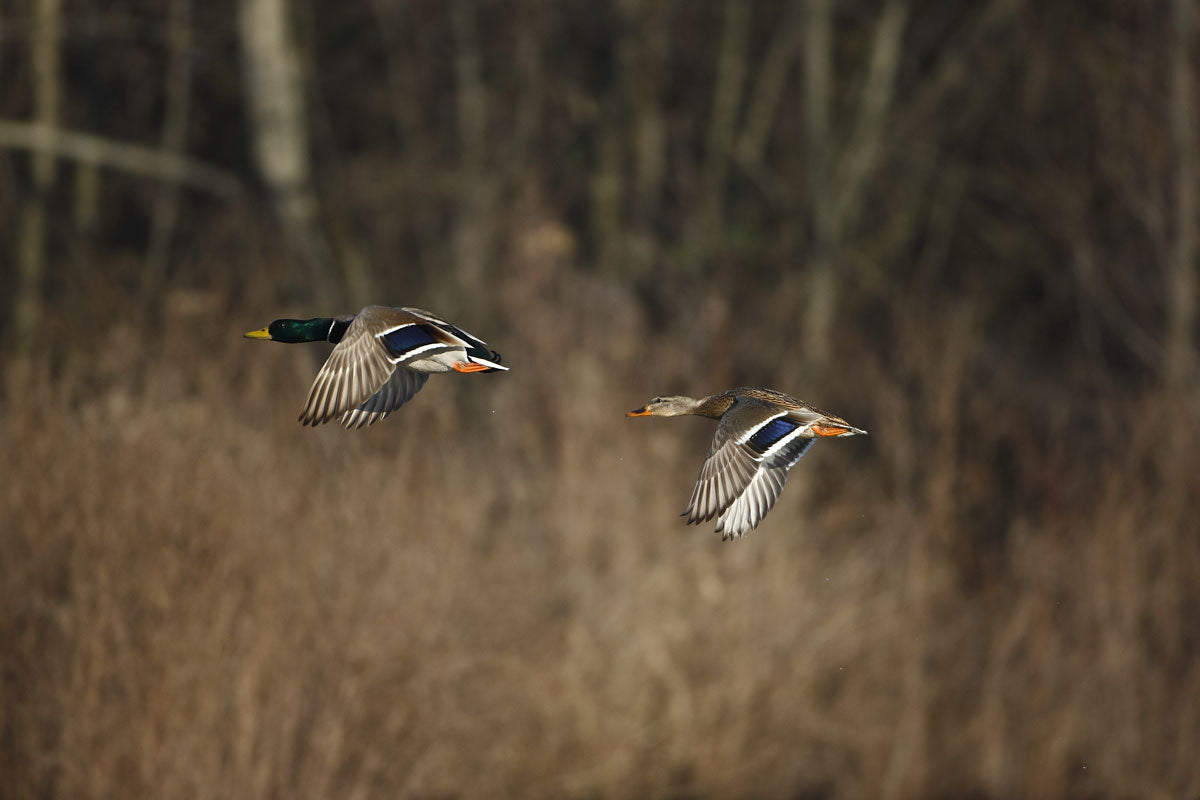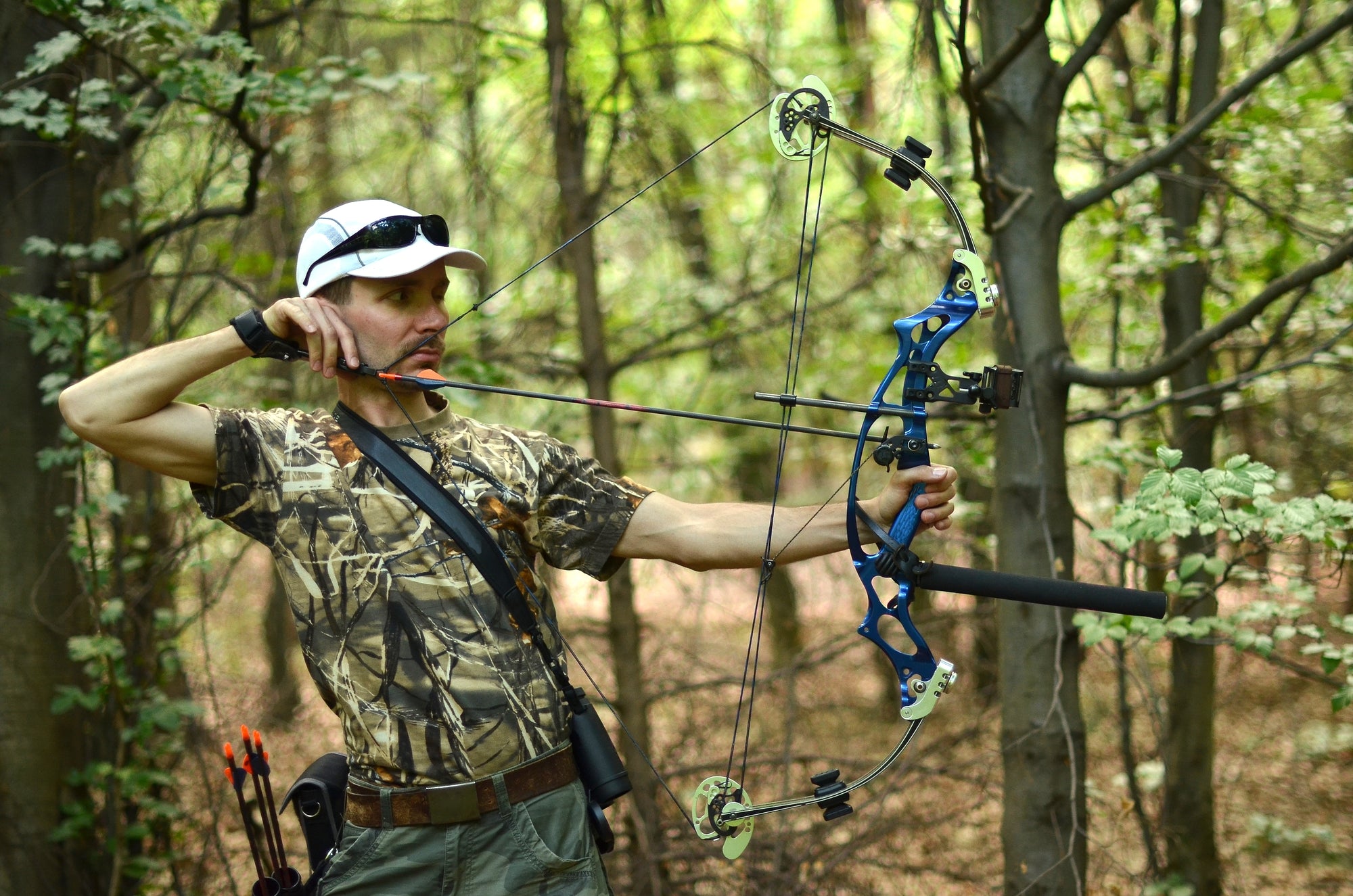DIY decoy rigging
Fishing tackle makes customizing dekes for your pond easy— and cost-effective
By Darren Digby
Today’s waterfowl decoys come in innumerable shapes, sizes and species applicable to various hunting situations.
Similarly, the rigging of these decoys is something that can be customized to best fit a particular hunting location.
For the discriminate hunter looking to save a few dollars and customize his decoy rigging, materials that will outlast the dekes themselves can be gathered and assembled for less money than pre-made rigs.
Though materials strictly intended for decoy rigging are readily available, my approach mainly uses fishing tackle supplies.
With the following list, a number of rigging systems can be put together:
1.) 200-pound monofilament leader
2.) Lead egg sinkers (3- or 4-ounce size)
3.) Double barrel crimp sleeves.
I favor the heavy monofilament line because it’s clear and will blend with any water color situation, it’s stiff enough to be tangle free and it will typically outlast traditional plastic decoy line, which is more likely to dry rot.
For smaller waters, something from 2 to 3 ounces usually fits the bill, especially in areas with softer bottoms or ponds with a lot of vegetation.
On the other hand, more open-water hunting situations and/or areas with hard bottoms and little vegetation call for more weight — usually at least 4 ounces or more to keep your blocks in place when that front blows in.
For the base rigging, cut a length of line based on the depth you routinely hunt, allowing for at least 8 to 10 inches beyond typical water depth. From there, one end can be looped on to the decoy’s rigging holes with a crimp, and an egg sinker can be smashed on to the other end. This rig is functional, durable and tangle resistant, and is perfect to be stored in a decoy bag.
“Texas rigging” also has become increasingly popular among hunters in recent years, and there are a couple of modifications you can make based on preference.
Traditionally, a Texas Rig includes a loop at one end of your decoy line, with the loose end running through one of the small holes in the decoy’s keel, and then smashing a weight to affix it to the other end of the line. In this scenario, the line slides through the decoy’s keel. When it’s time to retrieve decoys, the loop is readily available to be clipped to a carabiner for storage.
An alternative option is to instead affix the loop to a hole in the decoy’s keel using a crimp, and then thread the egg sinker on to the line from the loose end, and make an additional loop at the end of the line using another crimp.
In this setup, the weight slides and the storage loop is at the end of the line.
Again, it’s all a matter of preference. Each of these two arrangements are designed for decoys to be stored hanging, which keeps the lines from tangling and developing unwanted loops and bends from being stored in a bag or on the floor.



